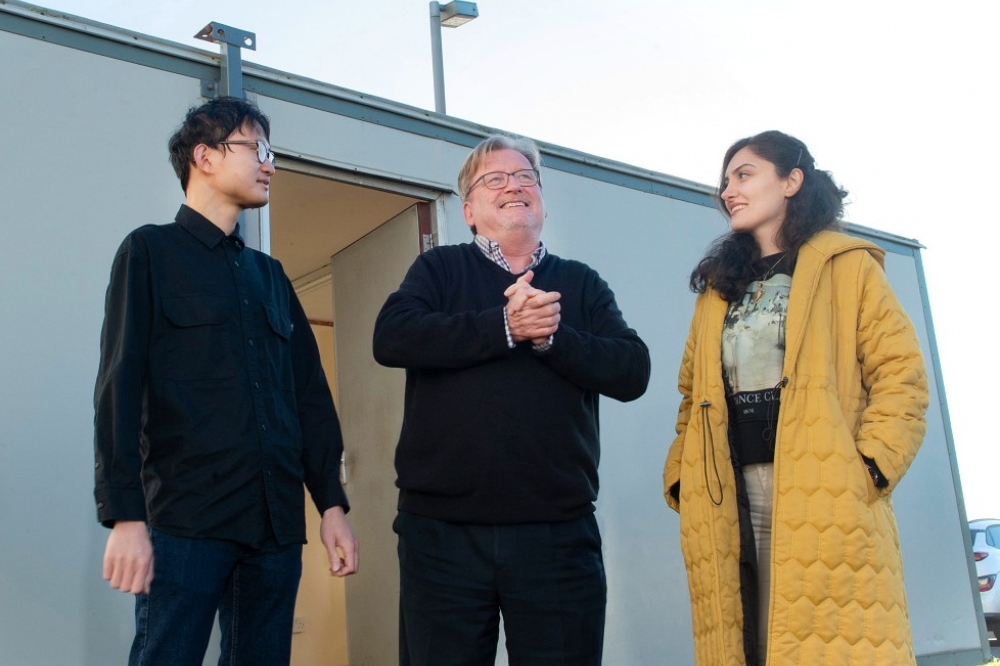Irish scientists to bring light into buildings with quantum dots

Research addresses health benefits of exposure to natural daylight with the need for greater energy efficiency in buildings
Researchers at the International Energy Research Centre (IERC) at the Tyndall National Institute in Cork are using quantum dots to develop novel daylight-enhancing techniques while potentially eliminating the use of electrical lighting during the day.
The aim is to develop the world’s first luminescent devices that can directly capture, concentrate and spread daylight deeper into buildings as well as modifying the light’s spectrum to meet the requirements of the non-visual receptors in our eye that control our circadian rhythms.
The research addresses both the health benefits of exposure to natural daylight and the need for greater energy efficiency in buildings.
Project leader Brian Norton, a professor at the Tyndall National Institute, explains; “Using quantum dots that absorb then remit solar energy, we will be able to concentrate daylight intensity, even under overcast skies, and modify it so it can spread deeper into a building. These luminescent systems will extend the period for which daylight can be used, resulting in improved biorhythmic health for occupants, as well as displacing the energy and greenhouse gas emissions associated with artificial lighting, which can be up to 20 percent of a commercial building’s energy use."
The project is supported by the Velux Foundation.


































